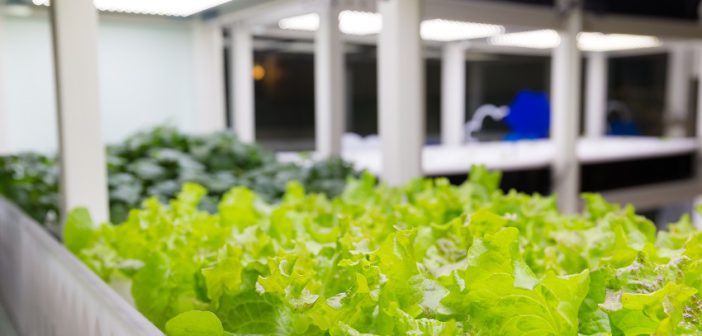A commercial light deprivation greenhouse is a powerful tool for modern farmers. Farmers can grow crops faster and more efficiently by artificially manipulating the natural light cycle. This type of greenhouse is becoming increasingly popular as the demand for locally grown produce increases. In this blog post, we will take a comprehensive look at commercial light deprivation greenhouses, including how they work and what benefits they offer farmers.
Light deprivation greenhouse and its purpose
A light deprivation greenhouse is an enclosed structure that is utilized to regulate the amount of sunlight that plants are exposed to. These greenhouses are particularly useful for plant growth since they can maximize dark hours, which helps to trigger flowering without the need for seasonal changes. There are many different purposes for a light deprivation greenhouse, such as increased overall crop yield or attempted control of particular timing to regulate harvest. During periods of darkness, levels of a hormone called gibberellin increase which causes plants to flower rapidly and bear fruits quickly. This knowledge allows farmers and gardeners to manipulate their crop cycles and grow in environments where traditional growing times are challenging or even impossible.
The benefits of using a commercial light deprivation greenhouse
Setting up a commercial light deprivation greenhouse offers an array of benefits. This type of greenhouse makes it possible to precisely control the amount of light available for plants, allowing the use of a more extensive variety of growing techniques and methods to maximize growth and yields for commercial operations. By controlling the photoperiod cycles, growers can ensure that their plants have access to the correct number of hours of daylight to maximize photosynthesis, produce more energy and ultimately improve yields.
Furthermore, commercial light deprivation greenhouses allow growers to manipulate flowering periods and experiment with ways to optimize plant growth which would not be as easily achievable with any other traditional form of a greenhouse or grow room.
The components of a commercial light deprivation greenhouse
Setting up a commercial light deprivation greenhouse requires a substantial investment. The most essential component is a greenhouse structure that can shield plants from direct sunlight and retain the darkness necessary for effective light deprivation. Constructing an airtight seal with blackout fabric to ensure an appreciable absence of light is also vital as ensuring all vents/doors are closed tightly. Increasing the insulation factor of your system through double or triple layers is also recommended.
Certifying materials and tracking scheduled days in light/dark cycles are crucial to maximizing success with this type of system. Finally, regular maintenance should be done to check seals, calibrate scheduling systems, and inspect crops for best results.
How to set up a commercial light deprivation greenhouse
Setting up a commercial light deprivation greenhouse requires careful preparation and expertise to ensure maximum growth potential.
A critical aspect is picking the proper greenhouse structure; you should ensure it’s suitable for the climate and provides adequate shade and climate control technology. Ensure vegetative crops have access to at least twelve hours of darkness each day and sixteen hours of maximum light. To create a blackout effect for your greenhouse, use blackout painting and sun curtains specifically designed for greenhouses. Lastly, invest in monitoring systems to easily check the temperature, humidity, CO2 levels, and water drainage from any place on the go. Following these tips will help you get off to a successful start with your light deprivation setup.
How to maintain a commercial light deprivation greenhouse
Maintaining a commercial light deprivation greenhouse can be an exciting and rewarding experience. To ensure the greenhouse functions correctly, however, you should set up a routine maintenance plan. This plan should include inspections of any mechanical components like blackout curtains and regular temperature and humidity monitoring.
Most importantly, you need to be aware of how much exposure the plants have to natural and artificial light. Make a note of changes in daylight hours when seasonality comes into effect, and adjust blackout times accordingly. Keeping on top of maintenance will ensure a successful harvest from your commercial light deprivation greenhouse!
Concluding thoughts
A commercial light deprivation greenhouse is an excellent option for those looking to get into the cannabis cultivation business. Not only do they provide many benefits, but they are also relatively easy to set up and maintain. With this guide, you should have all the information you need to start your commercial light deprivation greenhouse.





Thanks for the post, I’ve been thinking about doing something like this for a long time. I think this might work best to get good results. Think also about simple solutions that will allow you to grow vegetables. I read an article about Grow Edibles in Pots not too long ago and I was curious to try this method.